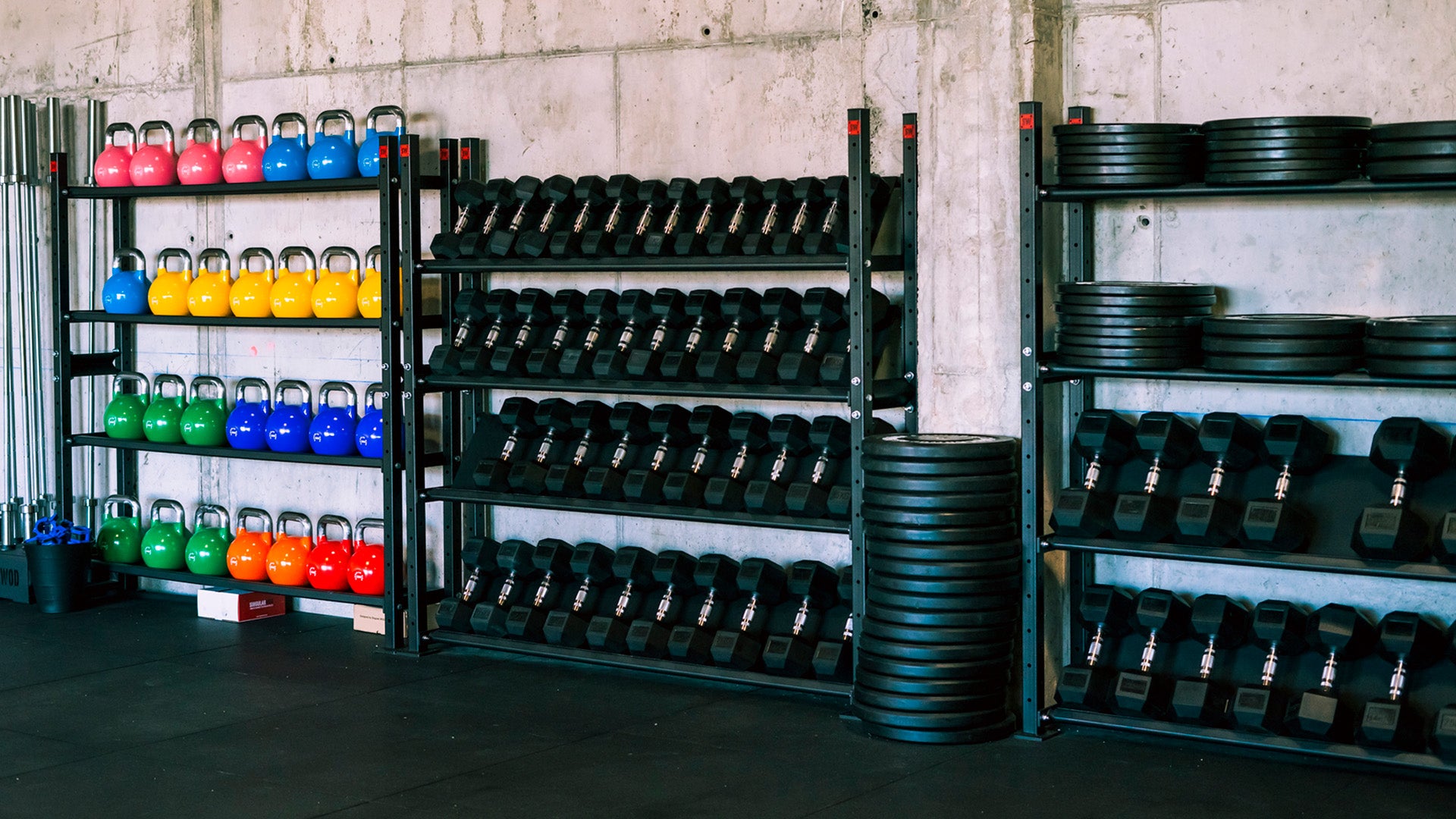From SMART NUTRITION On this occasion, we would like to talk to you about the differences between all these types of protein supplements and whether they may or may not be indicated depending on each person's circumstances.
Nowadays, there are more and more foods and products enriched with protein, and the additional intake of this macronutrient is no longer limited to the famous huge colorful jars, formerly intended exclusively for “strong” people at the gym. Today, the intake of protein powder has become normalized, and there are fewer and fewer myths surrounding its intake. In any case, in today's article, we are going to make sure to clear up any questions that may still cause some confusion.
Origin of protein powder
First of all, we need to know that the origin of the protein powder can be animal or vegetable. Differentiating them, if we focus on those of animal origin, we can say that there are two types of protein of dairy origin (the famous whey protein or whey protein; and casein), there are also egg proteins , meat proteins and even insect proteins. On the other hand, as for proteins of vegetable origin , we commonly find soy protein , although we can also see hemp , pea , rice , chickpea proteins... And mixtures between them. Without going into too much detail, generally whey protein is going to be the one that has the best amino acid profile and digestibility, although as we mentioned, there are many alternatives to consider based on intolerances, ethical aspects, preferences, cost...
Whey protein or milk serum
We are going to focus on whey protein , as it is the most widely marketed and the one that can generate the most doubts. First of all, we must know that it is a product obtained from cheese . After adding rennet to the milk in order to coagulate it, and during the following cheese-making processes, a surplus called "whey" remains.
This product was initially thrown away, even becoming a problem because it was an environmental pollutant. However, today, this serum, rich in vitamins, minerals, fats, lactose, etc., is reused and used in the manufacture of whey protein. After various technological processes, a final drying stage is reached, from which this protein powder is finally obtained.
This powder is packaged by the large whey protein manufacturing companies in 20 kg bags, ready to be sold to the different packaging laboratories that can act as intermediaries with the supplement brands or to the supplement companies themselves that have packaging laboratories where they finish formulating their whey protein, adding the additives they consider necessary to obtain the final product.
And there is not only one type of whey protein on the market, we can find the following three types :
Whey protein concentrates
The cheapest form of whey protein. They typically contain 70-80% protein with small amounts of carbohydrates and fats.
Whey protein isolates
More expensive, due to the filtration process they undergo to increase the protein content (normally 90% of the product weight). Minimal amounts of carbohydrates and fats. They have very little lactose and are usually good even for lactose intolerant people.
Whey protein hydrolysates
The most expensive form in terms of price. Processing is intended to break down the intact protein of concentrates and isolates into small peptide chains, claiming to be a pre-digested protein that is more quickly absorbed and easily assimilated. We must know that there are hydrolysates of concentrates and hydrolysates of isolates, although it is more common to see them as isolates.
It may be interesting to take this format into account in cases of intestinal problems or intolerances, assuming a higher cost and worse taste of this protein in general.
So, we already know that they are not all the same, even within the same raw material such as whey. Now,
When might it be interesting to implement them in food?
Well, first of all, we must know that, through foods such as meat, fish, eggs, legumes or dairy products, among others, we will be providing protein to our daily diet. If with the consumption of these foods it is easy for us to reach the daily protein requirements recommended for our goal (whether we are athletes or not), it is not at all necessary to include protein powder supplementation.
However, there are people who, either because they have very high requirements, or for convenience and ease of use, can benefit from taking this supplement. As always, individualization will be important.
What we need to know is that, to gain muscle mass , protein synthesis must be greater than protein breakdown, thus promoting a positive net protein balance. Therefore, and without going into much more detail, the total protein intake that is ingested throughout the day will be a crucial factor. In the next article we will talk about timing and recommended amounts in a more specific way and how to read the labeling to choose a protein of the best quality and not be fooled. Don't miss it!
AtSMART NUTRITION we can help you structure your diet based on your needs and goals. We individualize your diet as much as possible. Don't hesitate to book a face-to-face session (Madrid) or an online session with us through our website.



Leave a comment
This site is protected by hCaptcha and the hCaptcha Privacy Policy and Terms of Service apply.